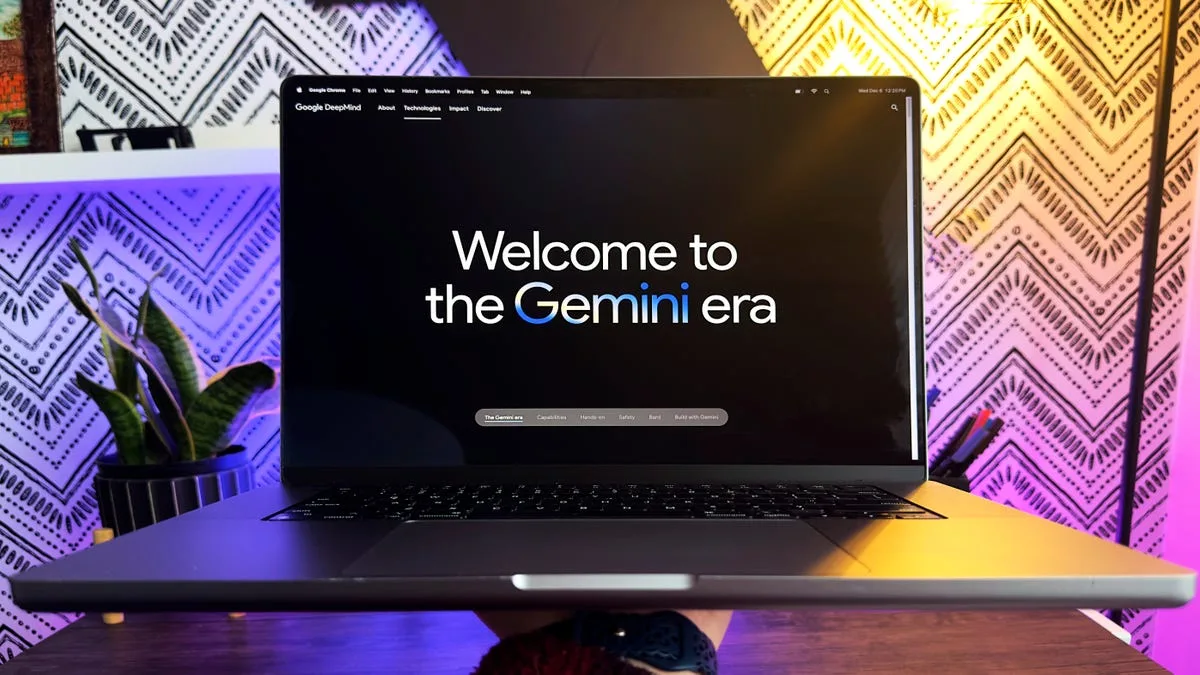OpenAI’s GPT-3 language model has been making waves in the tech world since its release in June 2020. GPT-3, short for “Generative Pre-trained Transformer 3,” is the third iteration of the GPT series developed by OpenAI, a leading artificial intelligence research lab. GPT-3 is powered by a whopping 175 billion parameters, making it the largest language model ever created. This impressive feat has led to a myriad of exciting possibilities in various fields, from natural language processing to content generation and more.
Language Processing and Generation
One of the most significant contributions of GPT-3 is its ability to process and generate human-like text. The model can understand and generate text in multiple languages, making it a valuable tool for language translation and localization. GPT-3’s natural language understanding and generation capabilities have also been harnessed for tasks such as chatbots, automated content creation, and personalized recommendation systems.
Conversational AI and Virtual Assistants
With its advanced language processing abilities, GPT-3 has the potential to revolutionize the field of conversational AI and virtual assistants. The model can engage in meaningful and coherent conversations with users, responding to queries and providing assistance in a human-like manner. This has significant implications for customer support, virtual sales agents, and AI-powered virtual companions.
Problem-Solving and Creativity
GPT-3 has also demonstrated remarkable problem-solving and creative abilities. The model can generate original poetry, prose, and music, as well as solve complex logical and reasoning tasks. This opens up new possibilities for AI-driven creativity and innovation, such as generating personalized content, aiding in brainstorming and idea generation, and even assisting in complex decision-making processes.
AI Development and Research
Besides its practical applications, GPT-3 has also become a valuable tool for AI development and research. Researchers and developers can leverage the model’s vast language understanding and generation capabilities to train and test new AI applications and algorithms. GPT-3’s immense size and scope make it a valuable resource for advancing the state-of-the-art in natural language processing and AI development.
Conclusion
OpenAI’s GPT-3 language model represents a significant leap forward in the field of natural language processing and AI. Its unprecedented scale and capabilities have opened up a world of possibilities across various domains, from language processing and generation to conversational AI, problem-solving, creativity, and AI development. As GPT-3 continues to be harnessed by researchers, developers, and innovators, we can expect to see even more groundbreaking applications and advancements in the near future.
FAQs
Q: What are the potential limitations of GPT-3?
A: While GPT-3’s capabilities are impressive, it is not without its limitations. The model has been criticized for its potential to generate biased or inappropriate content, as well as its lack of true understanding and context in some cases. As with any AI technology, it is important to use GPT-3 responsibly and ethically.
Q: How can developers access and use GPT-3?
A: OpenAI offers access to GPT-3 through an API, allowing developers to integrate the model into their applications and projects. However, access to the API is currently limited and subject to approval by OpenAI.
Q: What are some notable examples of GPT-3 applications?
A: GPT-3 has been used in a wide range of applications, including chatbots, content generation tools, language translation services, and virtual assistants. It has also been used for creative endeavors, such as generating poetry, writing stories, and composing music.
Q: What does the future hold for GPT-3?
A: The potential of GPT-3 is vast, and its future applications are likely to be far-reaching. As the model continues to be explored and developed, we can expect to see advancements in areas such as AI-driven creativity, conversational AI, and language processing. GPT-3 has the potential to fundamentally transform how we interact with AI and technology in the years to come.







